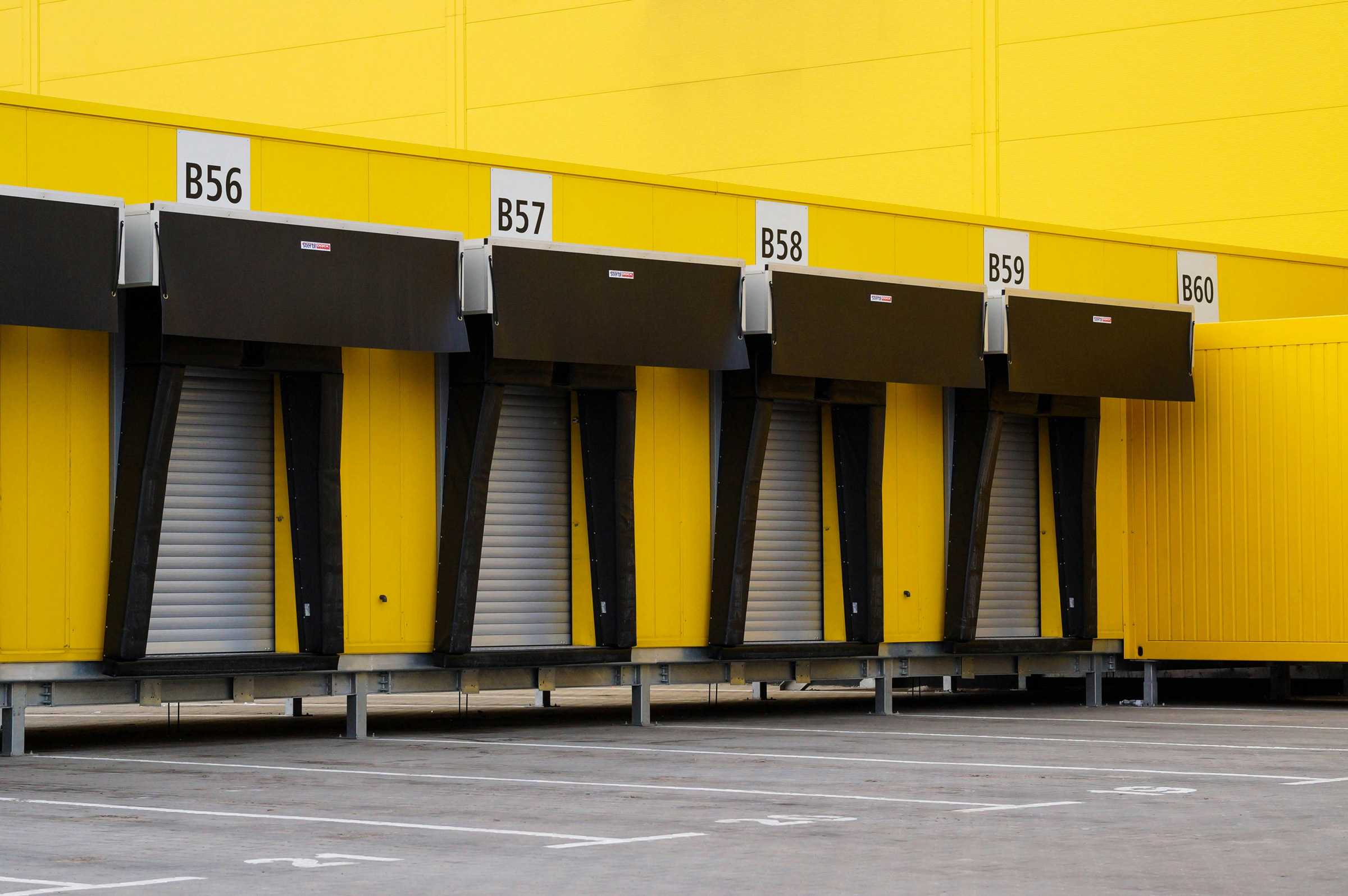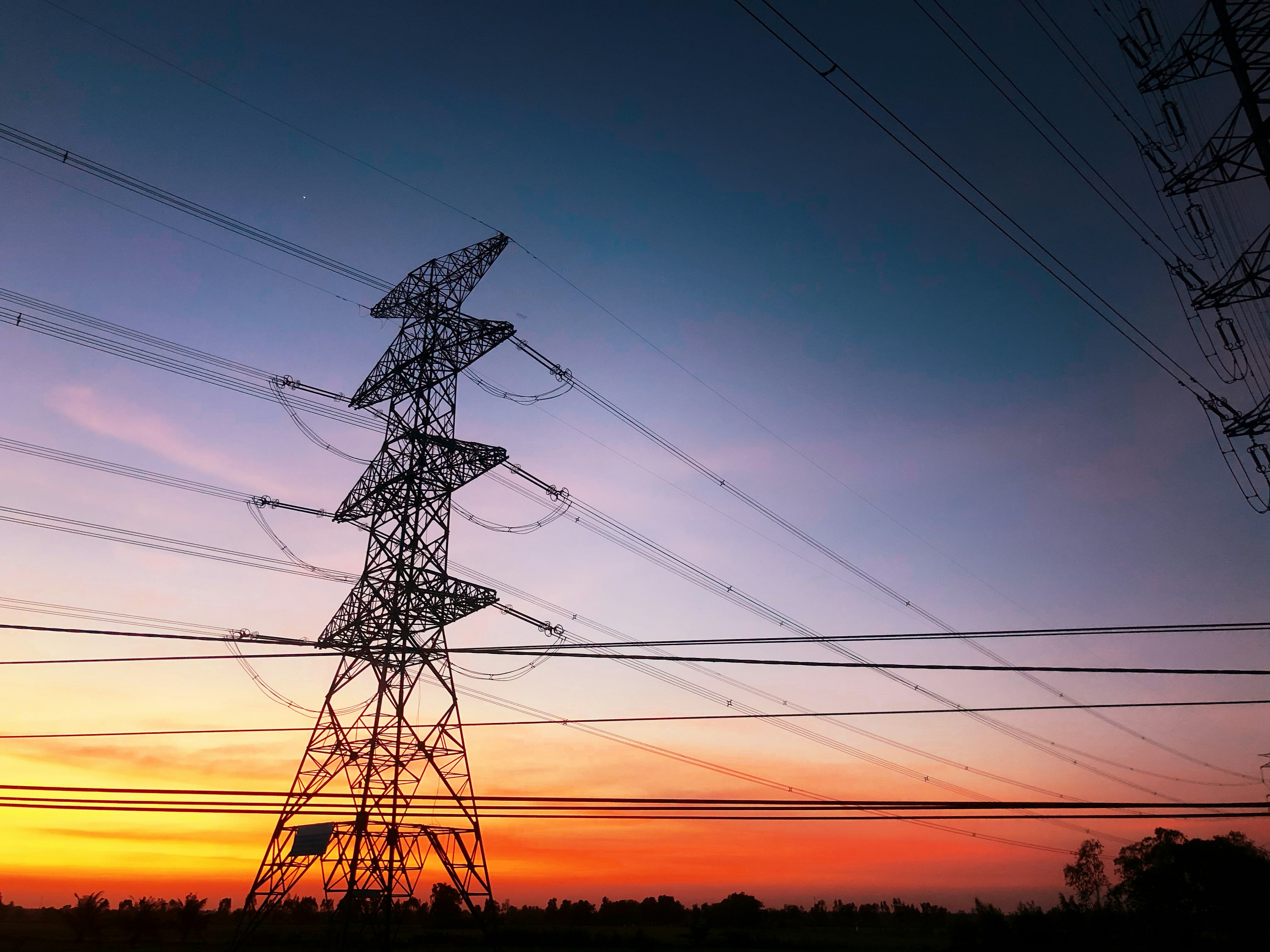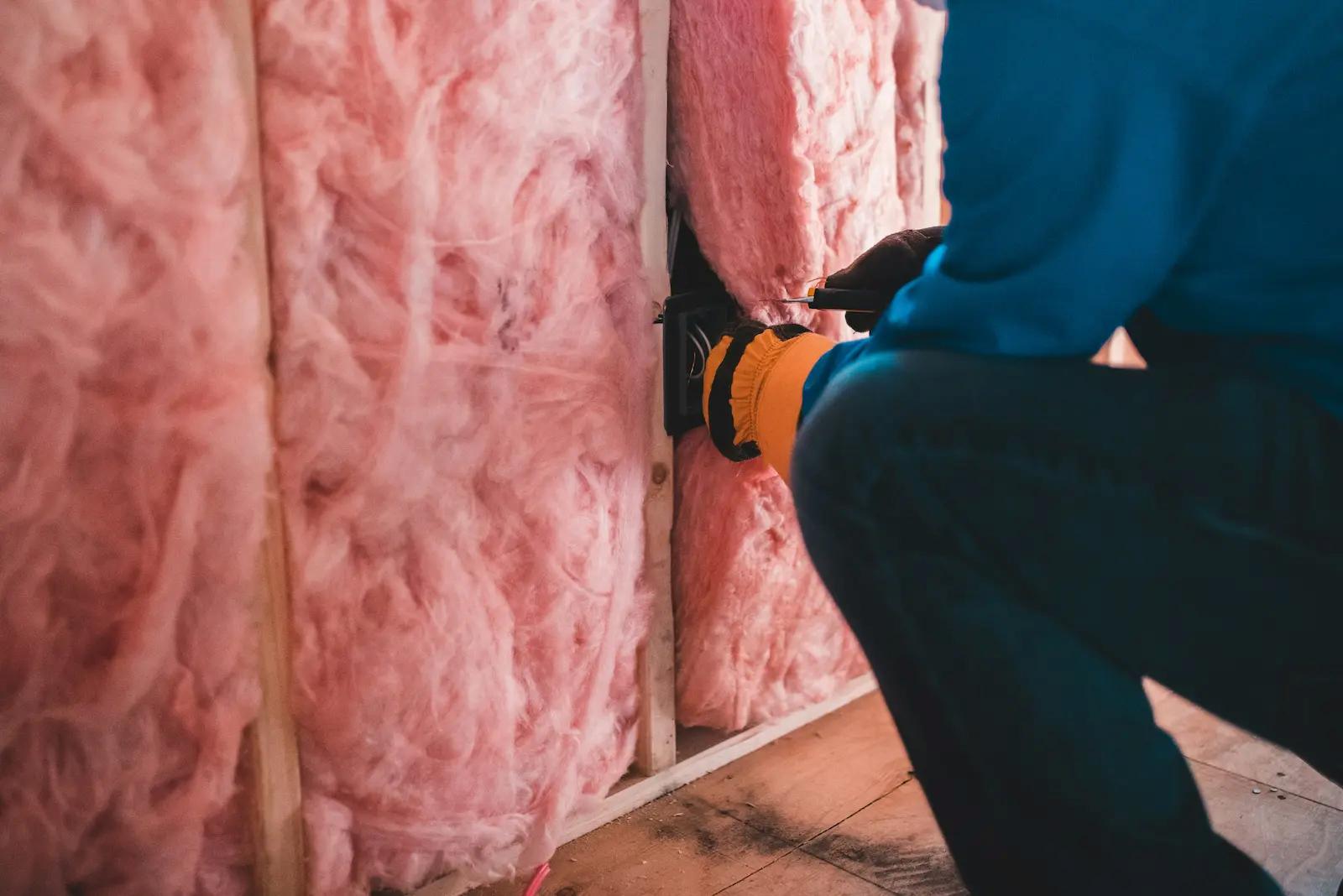Inside a Turnkey Solution: Delivering Energy as a Service to Amazon
Let's Save Energy
Alliance to Save Energy's Blog

By Bob Hinkle, President & CEO, Metrus Energy
The premise of Energy as a Service (EaaS) is fairly simple: rather than own the equipment, customers own the solution. EaaS providers such as my company, Metrus Energy, installs, manages, and monitors customized energy upgrades, which can range from boilers and chillers to on-site power generation and storage. The customer pays only for what it uses through a pay-for performance financial model. No upfront capital is required.
An ambitious project we completed for Amazon demonstrates the power of the EaaS model. With zero upfront cost to Amazon, we updated lighting and building management systems at 56 Amazon facilities across the United States, enabling the company to:
- Reduce total electricity use for lighting at these sites by 71%
- Cut 138,496 tons of annual CO2 emissions, the equivalent of taking 26,911 cars off the road
- Realize over $15 million in annual savings
It was a big, complex project, and Metrus was proud to receive an award for Finance Innovation from the Department of Energy as a result of it. Its success underscored the benefits of EaaS, which integrates financial and technical services into a single turnkey solution and lets the customer focus on its business, not its energy infrastructure. And yet a peek under the hood of the Amazon project reveals how the term "turnkey" can sometimes gloss over the extraordinary flexibility, expertise, and private-partnership coordination required to make it all work.
Here’s what I mean:
Project Scope & Challenges
To understand the complexity of the challenge involved in the project, it is important to recognize the breadth and depth of Amazon itself, which operates as everything from an online store to a cloud-computing provider to a vast distribution network—and a lot of things in between. Alongside this tremendous diversity and reach, Amazon is committed to keeping its facilities state-of-the-art and its carbon footprint as small as possible by investing heavily in renewables and energy efficiency. These shared operational and sustainability commitments are what brought Amazon and Metrus together.
The sheer number of sites involved—56 U.S. facilities—presented a formidable challenge in and of itself. Contributing a degree of difficulty, and complicating the economics of the overall project, was the added fact that the sites were thousands of miles apart and located in states with different utility rates and operating conditions.
Moreover, as a retailer that has built its reputation on fast shipping, Amazon could ill-afford to have its operations impacted by an upgrade project. The project would have to be completed on an aggressive schedule; it would also require multiple financing tranches.
Project Opportunities & Solutions
All these challenges presented an opportunity to put EaaS to the test. For Metrus, the keys to a successful outcome lay in our strong partnerships and in our Sustainable Energy Services Agreement (SESA), which enables customers to take on ambitious upgrades with no upfront investment or performance risk.
Working with the project's energy services company (ESCO), Centrica Business Solutions, Metrus developed a SESA program that allowed Amazon to blend the economics of different projects at different sites. This ensured all sites were able to benefit from energy efficiency upgrades.
For example, we ensured economic viability by combining some sites in states where utility rates and operating conditions were more favorable with others in states that had higher utility rates. This approach allowed the project to generate more bang for the buck—and a bigger reduction in greenhouse gas emissions.
Amazon’s bottom line benefitted from using energy as a service, too, as it avoided operations and maintenance expenses, and paid service charges based on measured energy savings.
A Deeper Dive
Hidden within the broader narrative of the project's successes were a few less-conspicuous storylines that help complete the picture.
Experience contributed to execution: ESCO Centrica's pre-existing relationship with Amazon brought a degree of familiarity with the company's business and facilities, helping inform the design of the EaaS solution and ensuring that technical implementation hit its mark.
Flexibility was important: Metrus takes a vendor- and technology-agnostic approach, meaning we try to work with partners and solutions that meet a project's requirements. That ethos paid off here, enabling us to seamlessly work with Amazon's preferred contracting partners.
Coordination was key to project implementation: Our team developed installation schedules geared to have the least impact on Amazon, especially during peak holiday season. Through close coordination with Centrica, audits, designs, and project plans took place in some facilities while installations were happening at other sites.
Knowledge was money: Having the expertise needed to identify modifications to the plan that would net additional savings proved to be a big win. For example, we reduced lighting levels when certain spaces were found to be over-lit. The insight to add lighting and HVAC controls scope into the project also contributed to cost savings.
The Bottom Line
Over the course of several project tranches in two years, Metrus financed over $74 million of LED lighting and building management systems upgrades at 56 Amazon sites across the United States in partnership with Centrica.
The project reduced nearly three-quarters of total electricity use for lighting at these sites and cut carbon emissions the equivalent of taking tens of thousands of cars off the road. Because Metrus fully financed the project using savings generated by the upgrades, Amazon put down zero upfront capital for a project that is delivering over $15 million in annual savings.
A turnkey solution? Absolutely—but not as simple as the term might suggest. Ultimately, the triumph of the project was rooted in the expertise and collaborative abilities of the project partners and in the EaaS model itself, which is designed to deliver energy efficiency at scale by removing the financial and technical barriers that discourage some organizations from embracing energy innovations.
Enjoyed reading Bob’s story? Join him August 5, 2-3:30pm EST, as he moderates “Investing in Energy Efficiency for Business Resilience & Energy Dominance,” Part 5 in ASE’s Virtual Summer Policy Series 2025.
RECENT BLOG POSTS
STAY EMPOWERED
Help the Alliance advocate for policies to use energy more efficiently – supporting job creation, reduced emissions, and lower costs. Contact your member of Congress.
Energy efficiency is smart, nonpartisan, and practical. So are we. Our strength comes from an unparalleled group of Alliance Associates working collaboratively under the Alliance umbrella to pave the way for energy efficiency gains.
The power of efficiency is in your hands. Supporting the Alliance means supporting a vision for using energy more productively to achieve economic growth, a cleaner environment, and greater energy security, affordability, and reliability.


